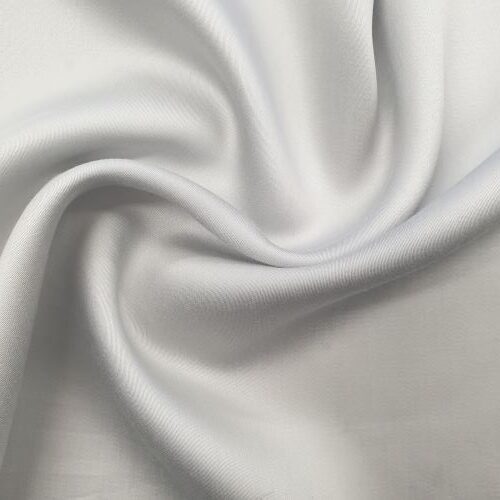What is the Best Duvet and Pillow for Summer?
Choosing a suitable duvet is an important investment for better sleep. First, consider personal preferences regarding the warmth and weight of the duvet, as well as the bedroom temperature during summer and winter.
The choice is also crucial from a health perspective; factors like excessive sweating or allergies play a significant role in selecting the materials of duvets and pillows. For better sleep, it’s recommended to use duvets with different warmth levels for summer and winter; however, a more adaptable sleeper can find a happy medium and manage with one good duvet all year-round.
The filling materials can be chosen between natural and synthetic fibers:
– Down duvets and pillows made of natural materials are most popular. A lightweight and airy down duvet regulates temperature well, provides warmth in winter, and cools the body during summer. Additionally, a down duvet helps regulate moisture levels, making it comfortable for those prone to sweating.
– Synthetic materials have evolved, adding duvets and pillows filled with synthetic fibers increasingly more quality, and they have properties similar to natural materials. Synthetic duvets might be more suitable, especially for those suffering from allergies and unable to use down products. Synthetic duvets are also easier to maintain; high-quality duvets often regulate heat and moisture.
While we’re primarily discussing filling material, the cover material is equally important: if it’s not comfortable against the skin and doesn’t allow air circulation, the filling won’t achieve the desired effect. The cover material for duvets and pillows should definitely contain cotton.
If your partner prefers a warmer or cooler or a lighter or heavier duvet than you, it would be a good idea to use separate duvets.
Summer is the best time to take care of duvets and pillows. Beating duvets and pillows once a week and letting them air out in the sun will refresh them noticeably. As an indoor alternative in the city, it’s recommended not to make the bed immediately in the morning; instead, open the bedroom windows first and let the bed breathe after a night’s sleep.



